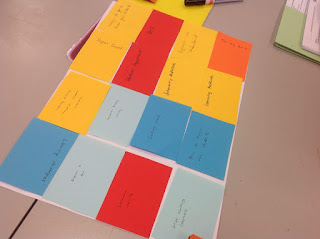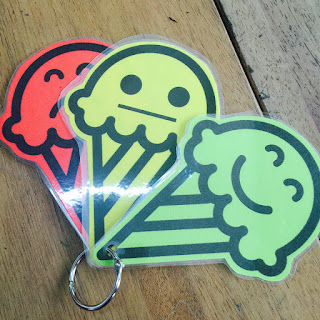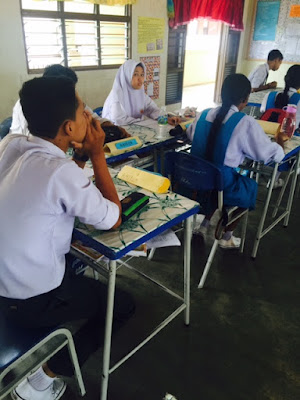TALKING CHIP
Materials:
Talking chips
Mat
How do I start?
Each student receives one or two “talking chip.” The chips can be any kind of game token, or a coin. As shown above, I recommended these little smiley magnets from Mr DIY or any departmental store. In order to speak, a student must place his or her chip in the center of the talking mat. The teacher must model the language structure expected. For example, in the first picture, the teacher wanted the students to talk about a character in the short story. The rest of the students must listen quietly till the student finishes. Another student places his chip on any of the picture or phrases and start speaking. Everyone takes turn till all the chips are on the table.
Talking Chips ensures that everyone participates or contributes to the discussion. It is especially useful for shy students, low achievers, and less-fluent students. However, teachers must provide lots of help with pictures and helpful words for the weaker students. Do not give up if students are initially shy or did not participate. Keep experimenting. I love using game boards for this talking chip activity.
Another game that is easily done is Spin and Talk. It has been called many names depending on the purpose of the game. This spinner can easily be done on MSWord, inserta a circle and divide the circle into sections. All you need is a pencil and a paper clip. Students take turns spinning the paper clip around the pencil and speak on the topic that the paper clip lands.
You can find the teambuilding spinner here: http://www.lauracandler.com/strategies/CL/teambuildspin.pdf
These two structures are great as starters or plenary. You could start off a lesson on hobbies by asking students to do a talking chip activity with a mat that is filled with pictures of hobbies.
You could also end the lesson by asking students to summarize what they have learnt by spinning and talking about it.










































